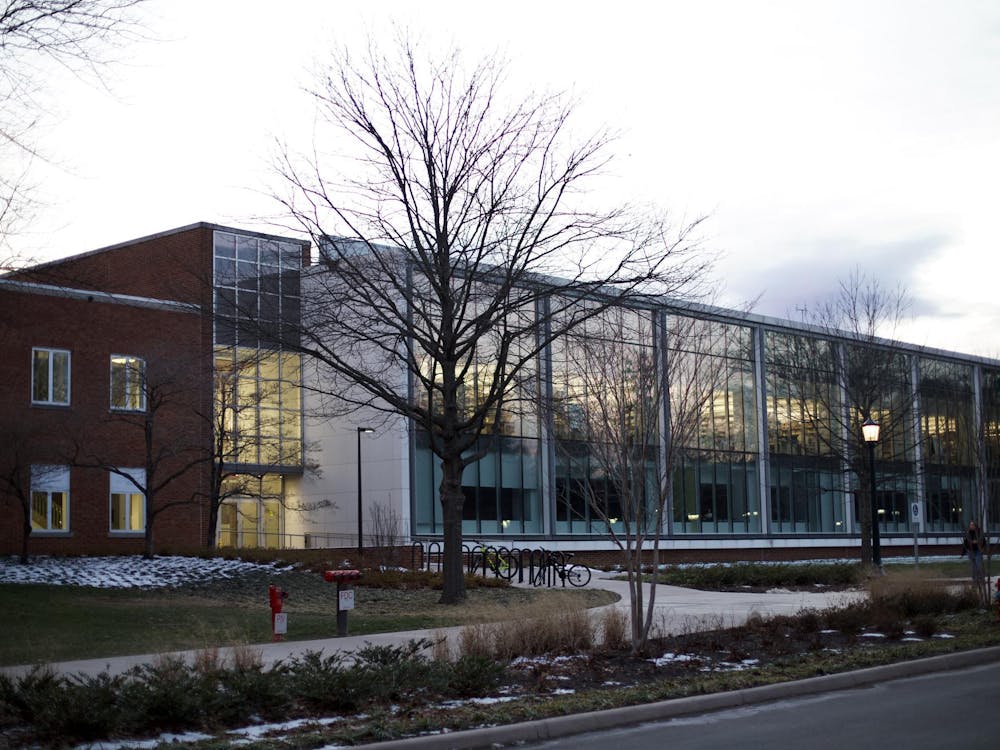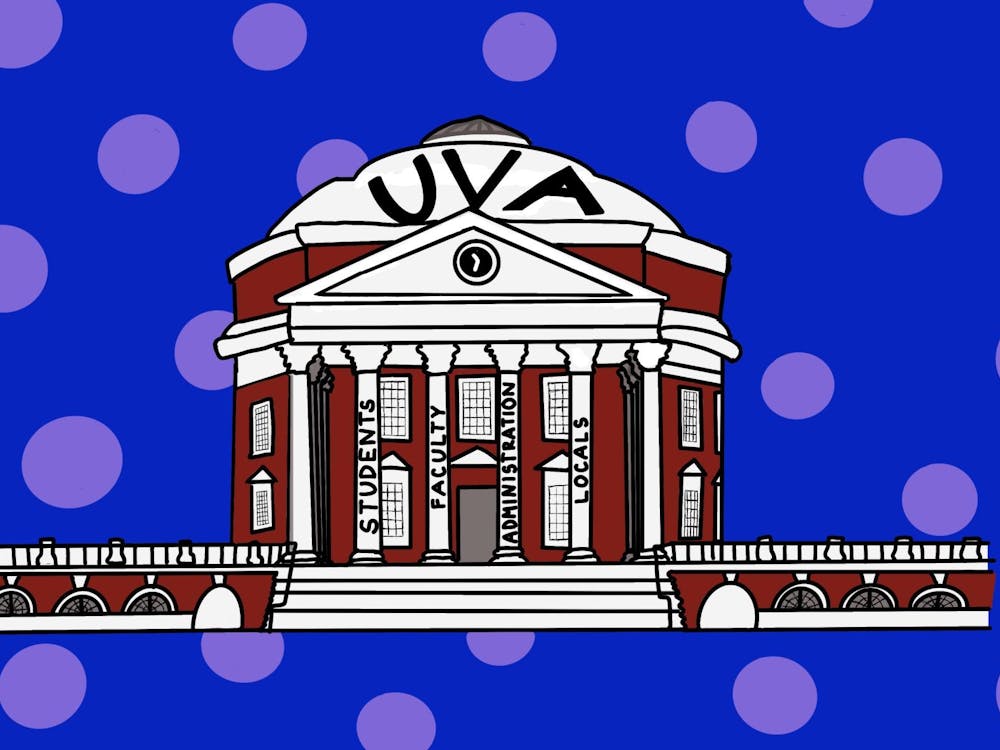Americans like having lots of things to choose from. When they go out to eat, Americans want a restaurant that has a great variety of different items on the menu. When they go into record stores, they like to browse through vast isles of glossy disc covers, looking for that one perfect CD. And when Americans go to cast their votes for president next November, they would probably like to have a wide range of candidates to choose from, not just two.
Sadly, the upcoming election will be a race between only two candidates, representing two party ideologies which fundamentally are more similar than not.
On Feb. 14, Reform Party candidate-to-be Donald Trump announced his departure from the executive race. Trump told CNN, "I have made my decision. I am not going to be running. The party is ... self-destructing."
Minnesota Gov. Jesse Ventura, another potential presidential hopeful, also has severed his ties to the Reform Party, leaving extreme right-winger Pat Buchanan as the only big name associated with the party, save for the party chairman and former candidate Ross Perot.
|
The almost certain demise of the Reform Party as a viable alternative to the bicameral status quo is a great setback for American politics. American voters need a wide selection of candidates in the same way that consumers need a wide selection of products to choose from -- both lead to more bang for your buck.
Multi-party races have two main benefits. First, the inclusion of alternative parties means new ideas. Ideas deemed too controversial or too radical by mainstream parties -- the Republican and the Democratic -- can be addressed by others. Ideas are the lifeblood of government and wider circulation of them makes for a healthier body politic. While most middle of the road voters may only deviate from standard party doctrine on a few issues, the difference is great enough to validate the need for additional parties.
Think of it this way: when most people go looking for a new car, they don't just look for one that fulfills their transportation needs, they look for one that also reflects their personality. Similarly, what most people want is to vote for someone who not only will meet their needs, but also will be a reflection of their personalities and beliefs. Just as consumers have a large selection of products to choose from, so should voters.
Otherwise, voters may feel compelled to choose between the lesser of two evils, having weak or ambivalent feelings toward both candidates. This is especially true of younger voters -- particularly the college-aged demographic -- for whom party ideologies seem less relevant and who are more inclined toward libertarian, socialistic and other political positions considered far out on the fringe by the two dominant parties. If a party can arise on a national scale that reflects these new and changing beliefs, voters will become more active in the political process.
Secondly, with increased pressure from outside groups, mainstream aspirants will have to become more responsive to the needs of the people as a whole. This was demonstrated in 1992, when Ross Perot's campaign drew support away from both Bush and Clinton. Perot, with his talk of creating an electronic town hall and other novelty ideas, forced both Bush and Clinton to make their positions known more explicitly, so as to distinguish themselves not only from each other but from Perot as well.
While a candidate from the Reform Party probably would have little or no real chance of winning the election this year, the interplay between three parties certainly would stimulate better debate and discussion than that which currently exists between the two.
Regardless of one's personal feelings about the Reform Party and the personalities aligned with it, the value of having a third party, and perhaps someday multiple parties, outweighs any drawbacks. Third parties stimulate greater debate between candidates, greater awareness of differing political views through varied platforms and, by opening the field up to include hopefuls beyond the sphere of the established political structure, bring the nation closer to a purer form of democracy.
(Rob Walker is a Cavalier Daily associate editor.)





